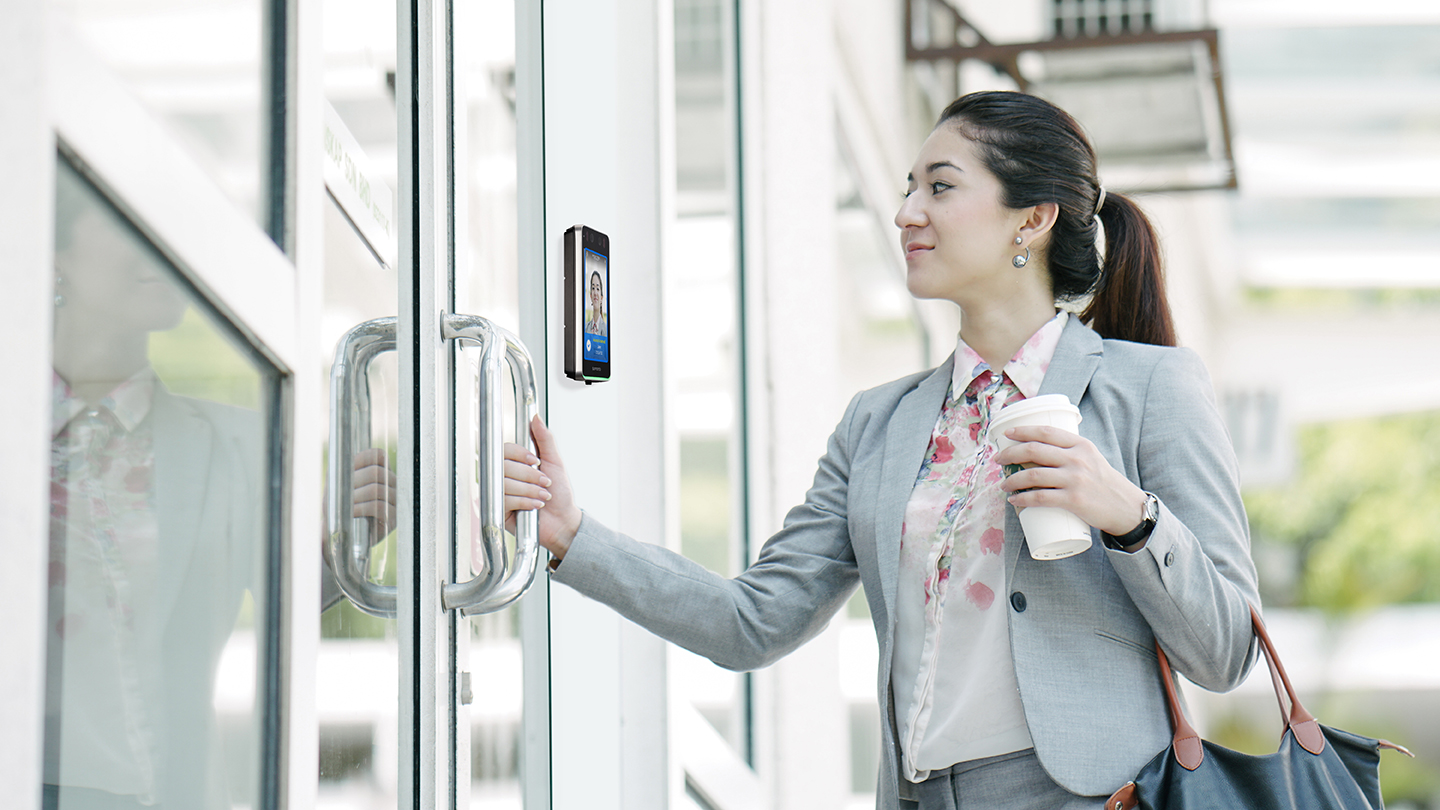In the rapidly evolving landscape of security and access control technologies, facial recognition has emerged as a powerful and versatile tool for safeguarding our homes, businesses, and sensitive facilities. Unlike traditional access control methods, facial recognition systems leverage the unique biometric characteristics of an individual’s face to grant or deny access, providing a secure and seamless entry experience.
In this comprehensive guide, we will delve into the world of facial recognition access control systems, exploring their core functionalities, the benefits they offer, and the best practices for their successful implementation. Whether you’re a security-conscious homeowner, a facility manager, or a business owner seeking to enhance the security and accessibility of your premises, this article will equip you with the knowledge and insights to make informed decisions about incorporating facial recognition technology into your access control strategy.
Prepare to unlock the secrets of facial recognition access control systems and experience the future of secure entry management.
Understanding Facial Recognition Access Control Systems
Before we dive into the specific applications and considerations of facial recognition access control, it’s essential to have a solid understanding of how these systems work and the underlying technologies that power them.
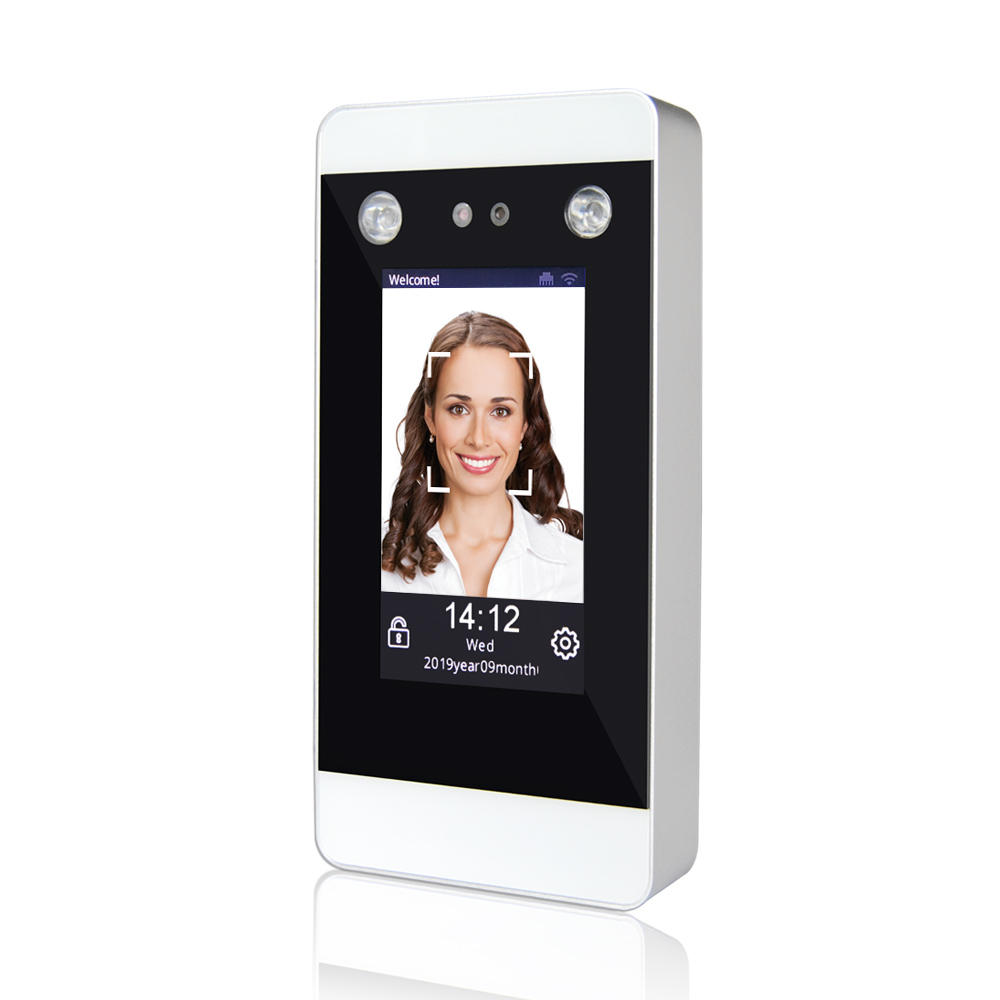
The Fundamentals of Facial Recognition
Facial recognition technology is based on the ability to capture, analyze, and match the unique biometric features of a person’s face to a stored database of authorized individuals.
Facial Feature Extraction
The system uses advanced algorithms to extract and analyze specific facial features, such as the position and shape of the eyes, nose, and mouth.
Facial Template Creation
These distinctive facial features are then converted into a unique digital template or “faceprint” that can be securely stored and referenced.
Facial Matching and Identification
When an individual seeks access, the system compares the person’s live facial features against the stored templates to determine if a match exists.
The Components of Facial Recognition Access Control
Facial recognition access control systems typically consist of several key components that work together to provide a seamless and secure entry experience.
High-Resolution Cameras
High-quality camera systems capture clear, detailed images of individuals’ faces, ensuring accurate facial feature recognition.
Powerful Processing Hardware
Specialized processing hardware, often including advanced computer chips and software algorithms, rapidly analyzes the facial data and makes access decisions.
Integrated Access Control Systems
Facial recognition technology is integrated with traditional access control systems, such as doors, gates, or turnstiles, to grant or deny entry based on the identification results.
Deployment Options for Facial Recognition Access Control
Facial access control systems can be deployed in a variety of configurations to meet the specific security and accessibility needs of different environments.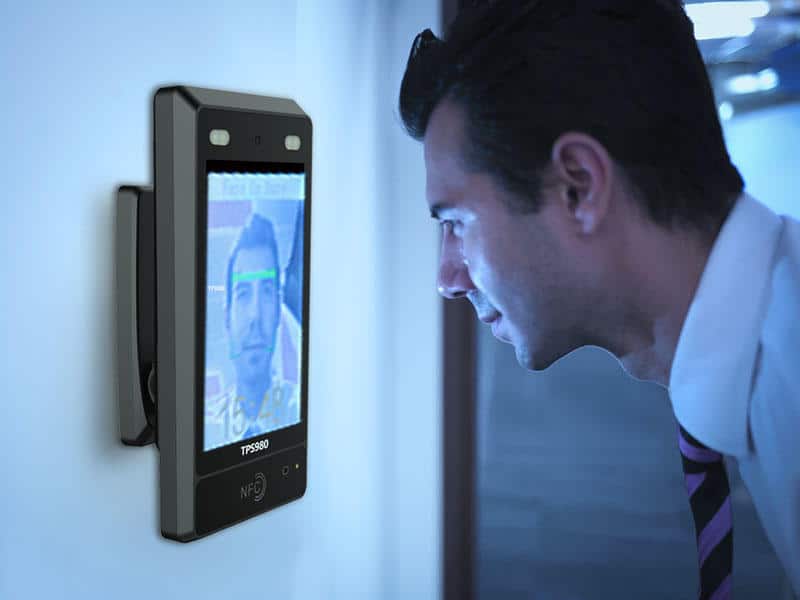
On-Premises Systems
On-premises facial recognition systems store and process the facial data locally, providing a high level of control and data security.
Cloud-Based Solutions
Cloud-based facial access control leverages remote servers and databases, offering greater scalability and accessibility.
Benefits of Facial Recognition Access Control Systems
Implementing a facial access control system can provide a multitude of benefits, ranging from enhanced security and improved user experiences to increased efficiency and cost-savings.
Heightened Security and Access Control
One of the primary advantages of facial access control is its ability to significantly enhance the security of a facility or premises.
Accurate Identification and Verification
Facial recognition technology offers a high degree of accuracy in identifying and verifying the identity of individuals seeking access, reducing the risk of unauthorized entry.
Tamper-Resistant Access Control
Unlike traditional access methods, such as keycards or passcodes, facial recognition is much more difficult to forge or compromise, providing a robust layer of security.
Seamless and Convenient User Experience
Facial access control systems offer a streamlined and user-friendly entry experience, improving overall accessibility and efficiency.
Hands-Free and Contactless Access
The contactless nature of facial recognition eliminates the need for users to physically interact with access control devices, enhancing convenience and hygiene.
Reduced Wait Times and Queues
The rapid facial recognition process can significantly reduce wait times and alleviate bottlenecks at high-traffic entry points.
Operational Efficiency and Cost Savings
Implementing a facial access control system can also deliver tangible operational and financial benefits for businesses and organizations.
Automated Access Monitoring and Reporting
Facial recognition systems provide detailed access logs and analytics, enabling more effective security monitoring and compliance reporting.
Reduced Overhead and Maintenance Costs
The hands-free and touchless nature of facial access control can lead to lower maintenance and operational costs compared to traditional systems.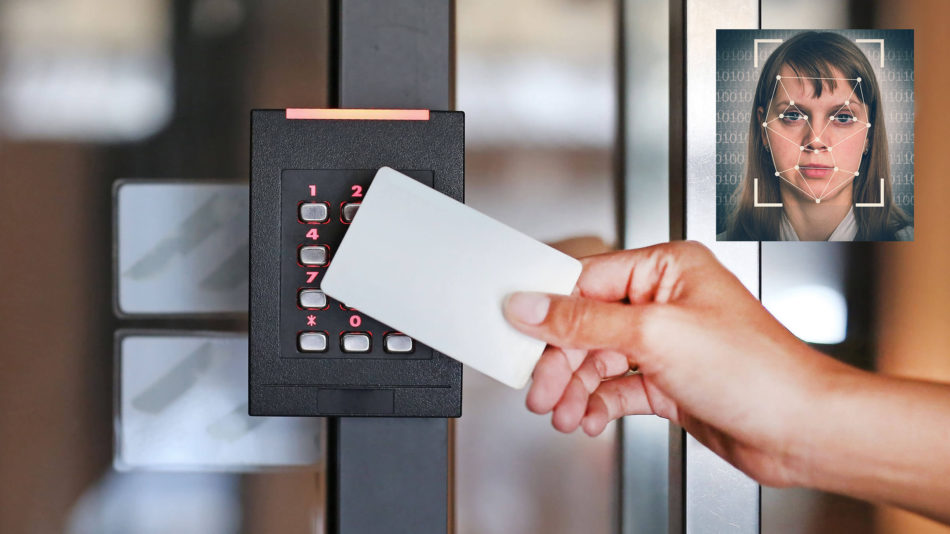
Considerations for Implementing Facial Recognition Access Control
While the benefits of facial access control are compelling, there are several key considerations and best practices to ensure a successful implementation that addresses both security and privacy concerns.
Ensuring Accuracy and Reliability
Maintaining the accuracy and reliability of the facial recognition system is crucial for providing a secure and efficient access control solution.
Optimizing Camera Placement and Lighting
Carefully positioning the cameras and ensuring adequate lighting conditions can enhance the system’s ability to capture high-quality facial images.
Ongoing System Calibration and Maintenance
Regular calibration, updates, and maintenance of the facial recognition hardware and software are essential to maintain optimal performance.
Addressing Privacy and Ethical Concerns
The use of facial recognition technology raises valid concerns about privacy and data protection, which must be carefully addressed.
Complying with Relevant Regulations
Ensure that the implementation and operation of the facial access control system comply with all applicable privacy laws and regulations.
Implementing Robust Data Security Measures
Employ advanced data encryption, access controls, and secure storage practices to protect the sensitive facial data collected by the system.
Integrating with Existing Access Control Systems
In many cases, facial access control systems will need to be seamlessly integrated with existing access control infrastructure and workflows.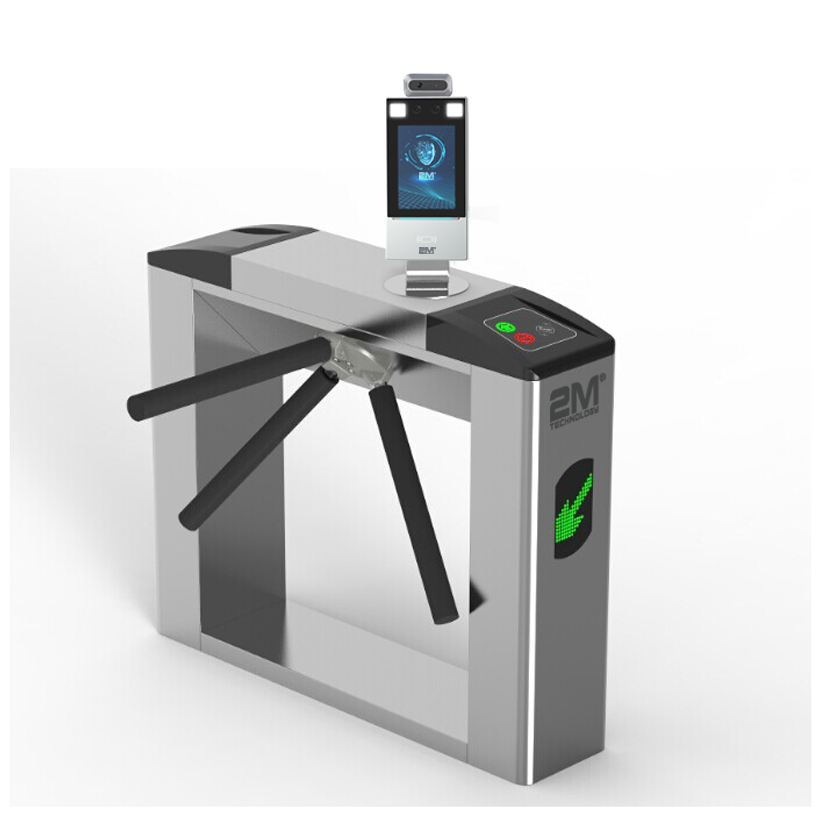
Evaluating Compatibility and Interoperability
Assess the compatibility of the facial recognition system with your current access control hardware, software, and network infrastructure.
Ensuring a Smooth Transition and User Adoption
Develop a comprehensive implementation plan that addresses user training, change management, and the gradual rollout of the new access control system.
Best Practices for Deploying Facial Recognition Access Control
To ensure the successful and effective deployment of a facial access control system, it’s crucial to follow a set of best practices that address the various technical, operational, and user-centric considerations.
Establishing Clear Access Control Policies
Develop and implement comprehensive access control policies that define the rules, protocols, and responsibilities surrounding the facial recognition system.
Defining Access Privileges and Restrictions
Clearly outline the access privileges and restrictions for different user groups, ensuring the system is configured to align with your security requirements.
Implementing User Consent and Data Privacy Protocols
Establish transparent processes for obtaining user consent and safeguarding the privacy of the facial data collected by the system.
Providing Comprehensive User Training and Support
Ensuring that all users, including employees, visitors, and security personnel, are well-informed and trained on the proper use of the facial access control system is essential for its successful adoption.
Conducting User Onboarding and Education
Develop and deliver comprehensive training programs to familiarize users with the system’s features, capabilities, and proper operating procedures.
Offering Ongoing Support and Troubleshooting
Provide dedicated support channels and resources to assist users with any questions, concerns, or technical issues they may encounter.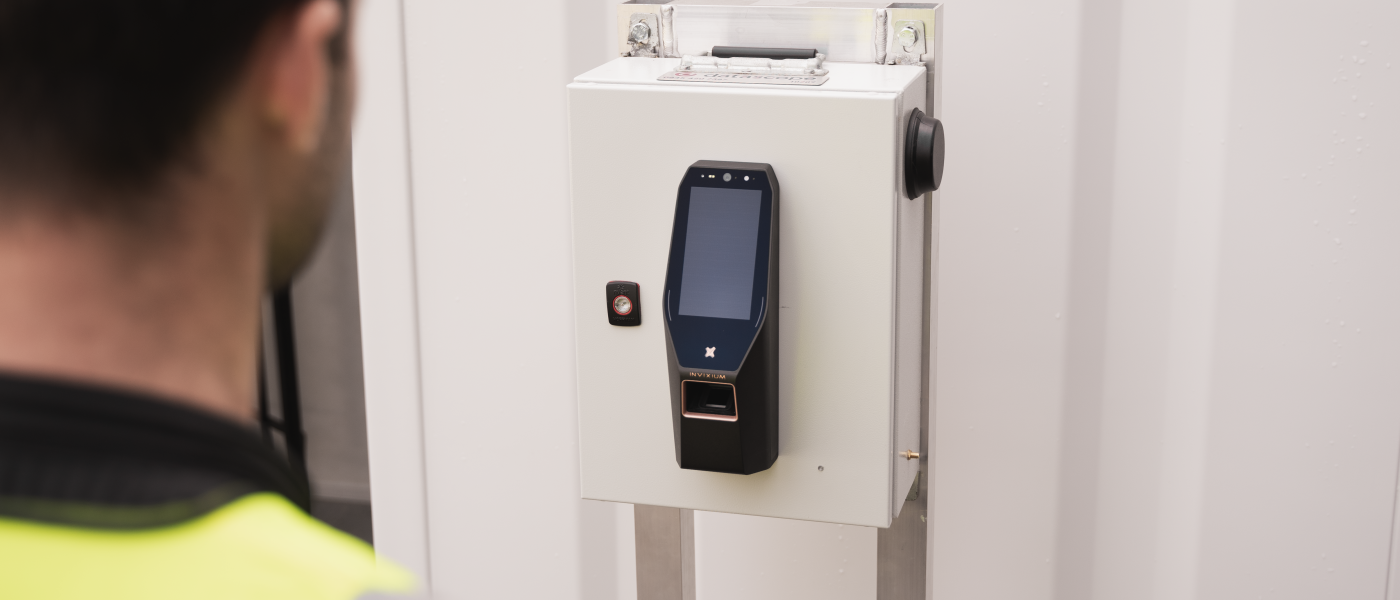
Continuously Monitoring and Optimizing Performance
Maintaining the optimal performance and security of the facial recognition access control system requires ongoing monitoring, maintenance, and optimization.
Analyzing System Logs and Access Data
Regularly review the system’s access logs and performance data to identify any anomalies, trends, or areas for improvement.
Implementing Firmware and Software Updates
Stay vigilant about applying the latest updates and patches to the facial recognition hardware and software to ensure the system’s continued reliability and security.
Conclusion: Embracing the Future of Secure Access Control with Facial Recognition
Facial recognition accesses control systems have emerged as a transformative technology that redefines the way we approach security and accessibility in a wide range of residential, commercial, and institutional settings. By leveraging the unique biometric characteristics of an individual’s face, these advanced systems offer unparalleled levels of security, convenience, and efficiency, making them a compelling choice for those seeking to enhance the protection and accessibility of their premises.
